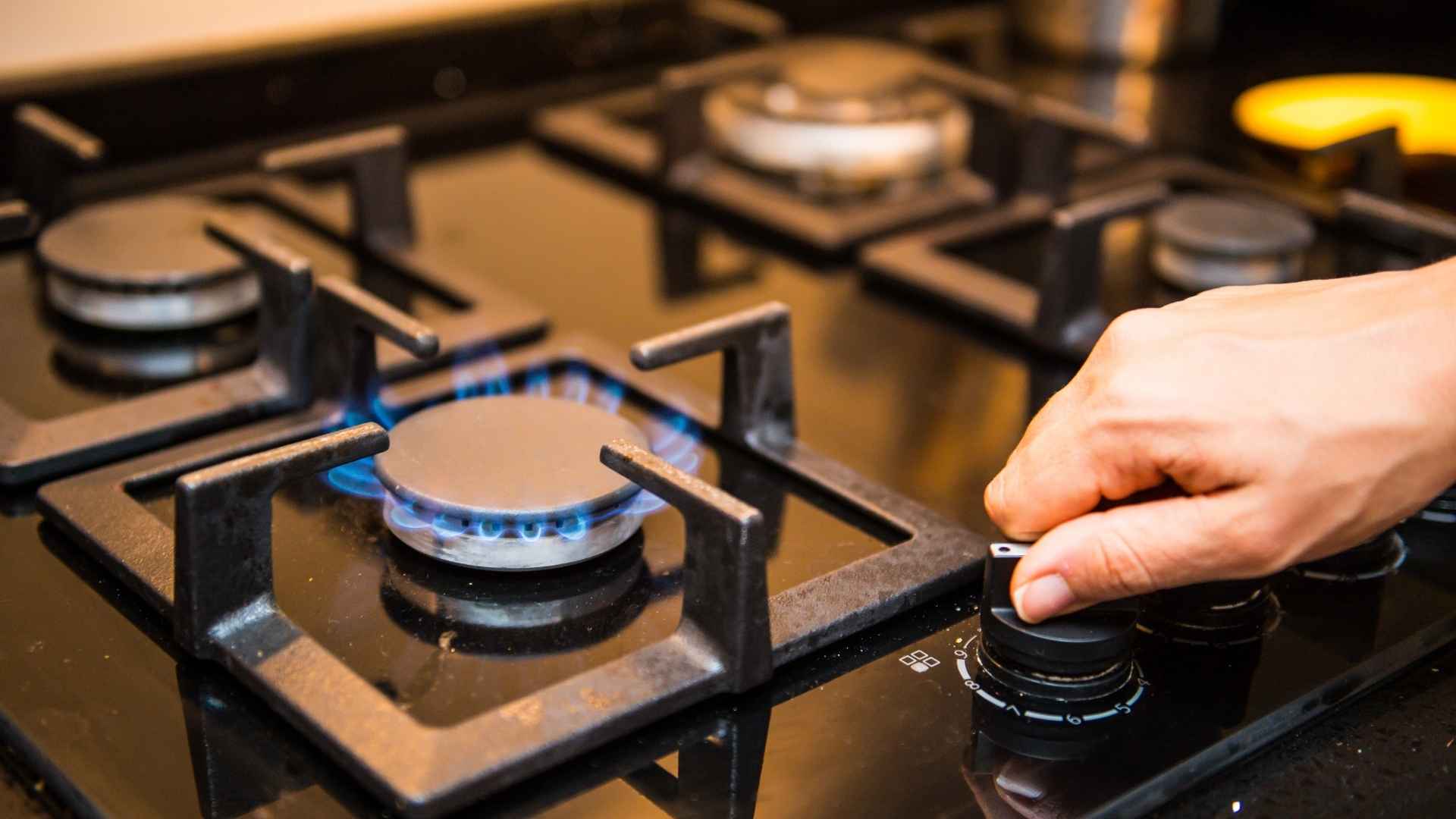New Air Quality Management District rules set a tight timeline for millions of heaters and ovens.
The South Coast Air Quality Management District (AQMD) has approved a landmark measure that will steadily pull gas‑powered ovens and water heaters out of homes across Los Angeles, Orange, Riverside and San Bernardino counties. If you rely on a blue‑flame burner, pay attention: only 30 percent of these units may remain by 2027, dropping to 10 percent by 2036.
Why the south coast AQMD is targeting home gas appliances now
Southern California’s notorious smog is driven in large part by nitrogen oxides that leak from everyday furnaces and water heaters—more than even some oil refineries. Regulators say trimming residential NOx is the fastest way to meet federal ozone standards and give residents cleaner air to breathe.
Under the rule, manufacturers must ramp down gas models while boosting electric heat‑pump technology. The agency projects about 200,000 gas ovens and 300,000 gas water heaters will be swapped out every year.
| Compliance target | Share of gas appliances allowed | Estimated units replaced each year |
|---|---|---|
| 2027 | 30 % | 200 k ovens / 300 k heaters |
| 2030 | 20 % | — |
| 2036 | 10 % | — |
Looking at that timeline, homeowners have roughly a decade to decide whether to upgrade or risk fines once inspectors start knocking.
Cost concerns and industry pushback from SoCalGas and appliance manufacturers nationwide
Not everyone is cheering. SoCalGas senior manager Kevin Barker warned state officials that limiting choices could “raise living costs for families already stretched thin.” Appliance makers face tariffs on every non‑compliant unit they sell, expenses that are almost certain to trickle down to checkout counters. Will electric models get cheaper fast enough? That remains the billion‑dollar question.
What steps can homeowners take today to get ahead of the new rules? First, check the age and efficiency rating of your current equipment. Second, compare electric heat‑pump options; incentives from utilities and the Inflation Reduction Act can shave thousands off the sticker price. Third, schedule a licensed installer early—demand is expected to surge. Below, a quick tips to stay compliant:
- Bookmark AQMD’s rebate page for quarterly updates.
- Ask your contractor for a load calculation before buying.
- Keep purchase receipts; they prove compliance if questions arise.
Ultimately, switching to electric may feel pricey up front, yet lower maintenance and energy savings often balance the ledger within a few winters. Ready to plan your upgrade, or will you wait until the 2030 crunch?

